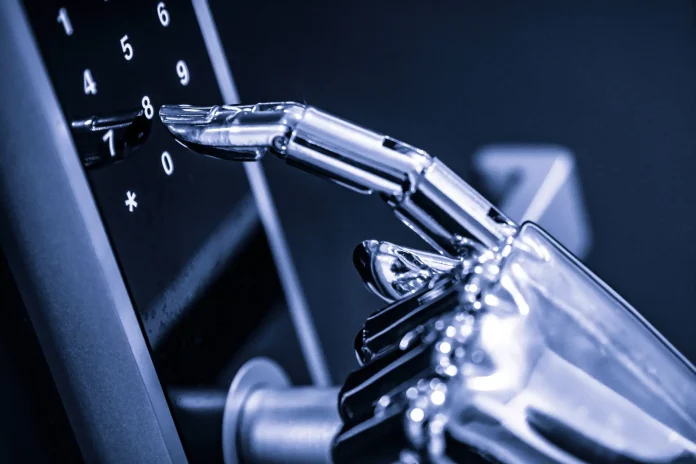In the fast-evolving communication technology landscape, UBC Okanagan’s researchers are at the forefront, digging into ways to configure the upcoming wave of next-generation AI in wireless communication. Dr. Anas Chaaban, an Assistant Professor in UBCO’s School of Engineering and a key figure in the UBCO Communication Theory Lab, is leading a team that analyses a theoretical wireless communication architecture. This architecture aims to optimize the handling of increasing data loads while achieving faster data transmission.
The Evolution Beyond 5G
Dr Chaaban emphasizes the expectation that next-generation mobile networks will exceed 5G on multiple fronts, including reliability, coverage, and intelligence. It’s not just about speed; the forthcoming technology envisions a fully integrated system facilitating instantaneous communication among devices, consumers, and the surrounding environment.
Meeting Firm Requirements with Intelligent Architectures
AI in wireless communication has become necessary to meet the demands of massive connectivity, ultra-low latency, ultra-high reliability, high-quality experience, energy efficiency, and lower deployment costs, according to Dr Chaaban. He suggests rethinking traditional communication techniques by leveraging recent advances in artificial intelligence.
“Traditionally, functions such as waveform design, channel estimation, interference mitigation, and error detection and correction are developed based on theoretical models and assumptions. This traditional approach is not capable of adapting to new challenges introduced by emerging technologies,” Dr. Chaaban explains.
Revolutionizing AI in Wireless Communication Techniques
The researchers employ transformer-masked autoencoders to develop techniques that enhance efficiency, adaptability, and strength. Dr Chaaban explains that they are working on breaking down content like images or video files into smaller packets for transportation. Interestingly, a portion of these packets can be discarded, depending on AI to recover them at the recipient, which then reassembles them to recreate the image or video using AI in wireless communication.
Future of Wireless Systems
Even now, users take the smooth and transparent experience of sending and receiving data for granted. However, the origin of next-generation technology, where virtual reality becomes a part of everyday communications, is set to improve wireless systems substantially. Dr Chaaban emphasizes the unparalleled potential AI brings to the table.
“AI provides us with the power to develop complex architectures that propel communications technologies forward to cope with the proliferation of advanced technologies such as virtual reality,” says Chaaban. “By collectively dealing with these intricacies, the next generation of wireless technology can usher in a new era of adaptive, efficient, and secure communication networks.”
As UBC Okanagan’s researchers push the boundaries of AI in wireless communication, the merger of artificial intelligence and cutting-edge technology is set to revolutionize how we connect, communicate, and experience the digital field. Today’s groundwork promises a future where wireless systems smoothly adapt to our evolving needs, bringing about a new era of efficient and secure communication networks.



